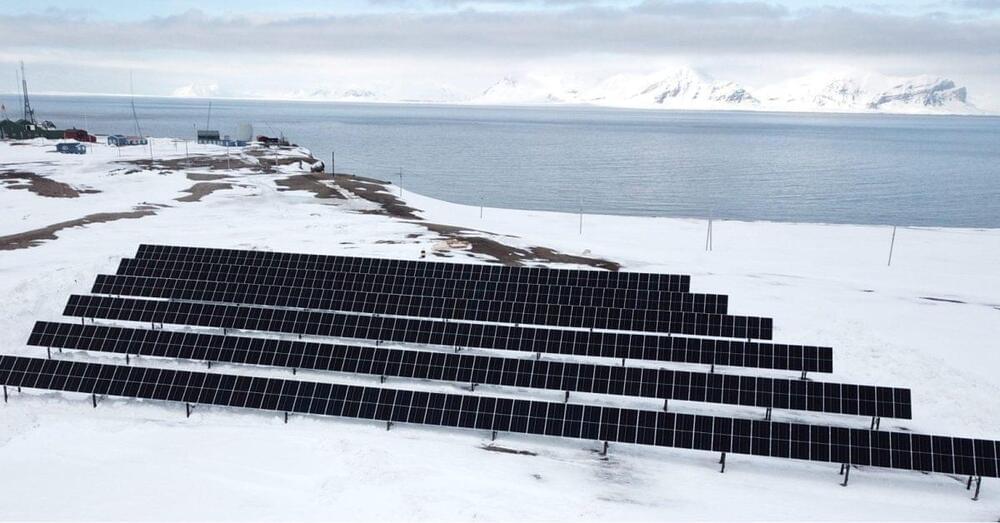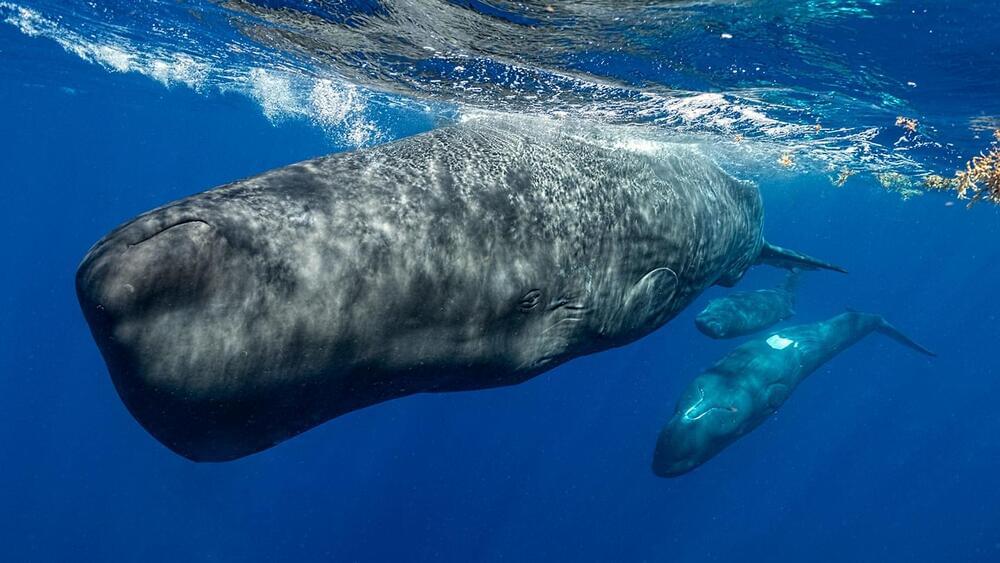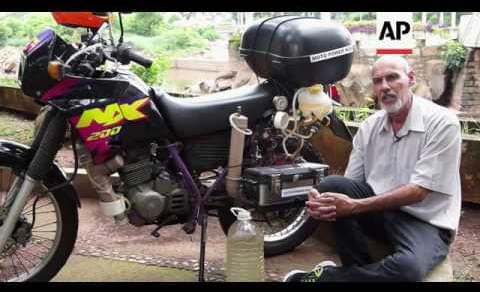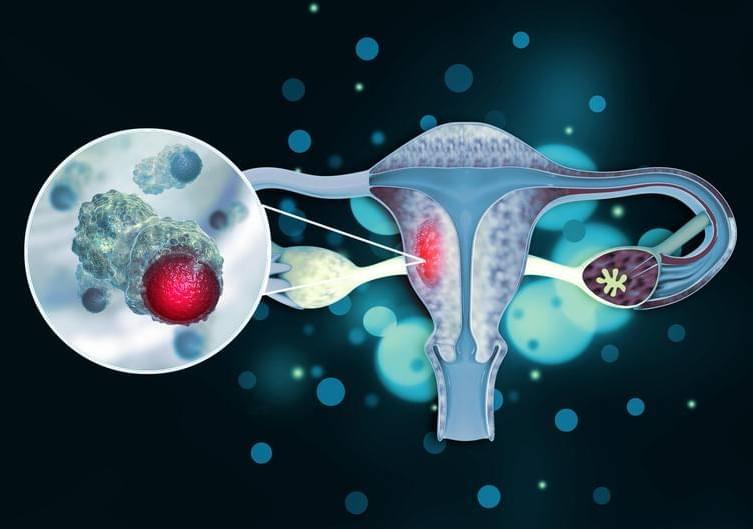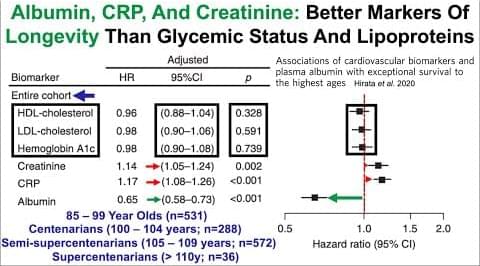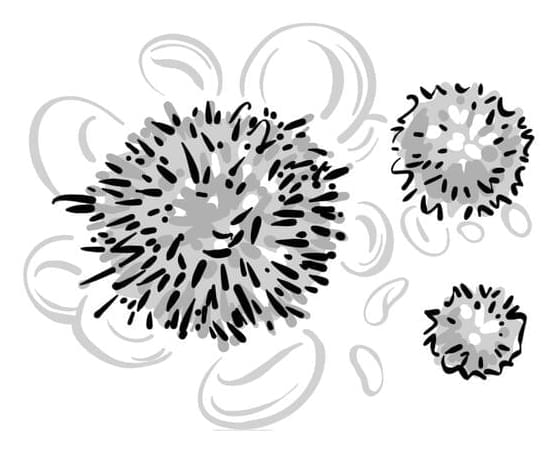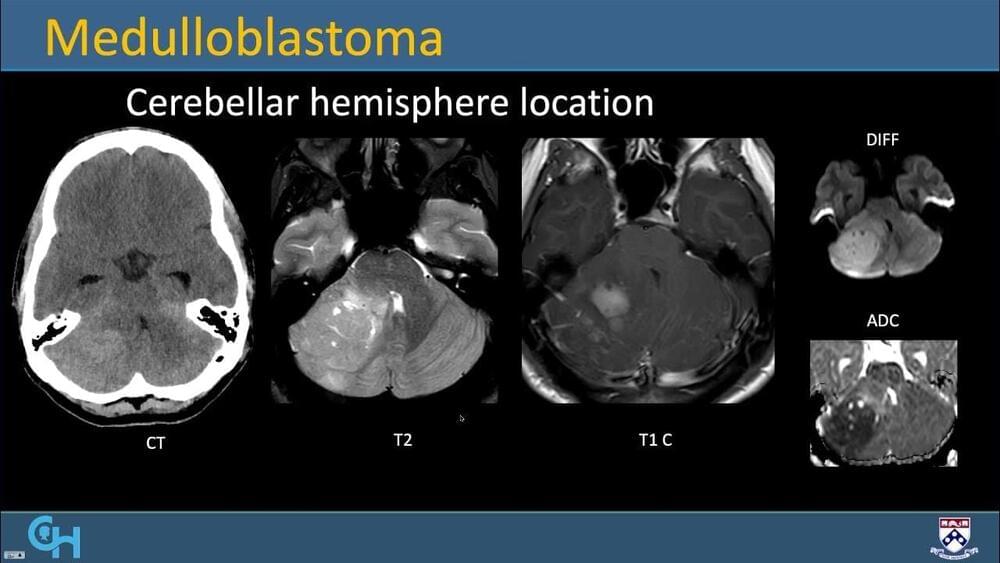Sep 24, 2023
Historic OSIRIS-REx asteroid samples successfully return to Earth
Posted by Chima Wisdom in categories: asteroid/comet impacts, existential risks, security
In the morning hours of Sept. 24, a small capsule containing surface samples from asteroid 101,955 Bennu careened into Earth’s atmosphere after a seven-year journey through space. The landing of this sample capsule is the culmination of NASA’s historic Origins, Spectral Interpretation, Resource Identification, Security, Regolith Explorer (OSIRIS-REx) asteroid sample return mission, which is now the first American mission to return samples from an asteroid.
The sample return capsule (SRC) landed within a 14 by 58-kilometer ellipse at a Department of Defense property at the Utah Test and Training Range and Dugway Proving Ground in Utah. Touchdown of the SRC occurred at 8:52 AM MDT (14:52 UTC) — three minutes earlier than planned. Low winds and dry weather was present at Dugway during the landing — optimal conditions for the return and recovery of the SRC.
Continue reading “Historic OSIRIS-REx asteroid samples successfully return to Earth” »

